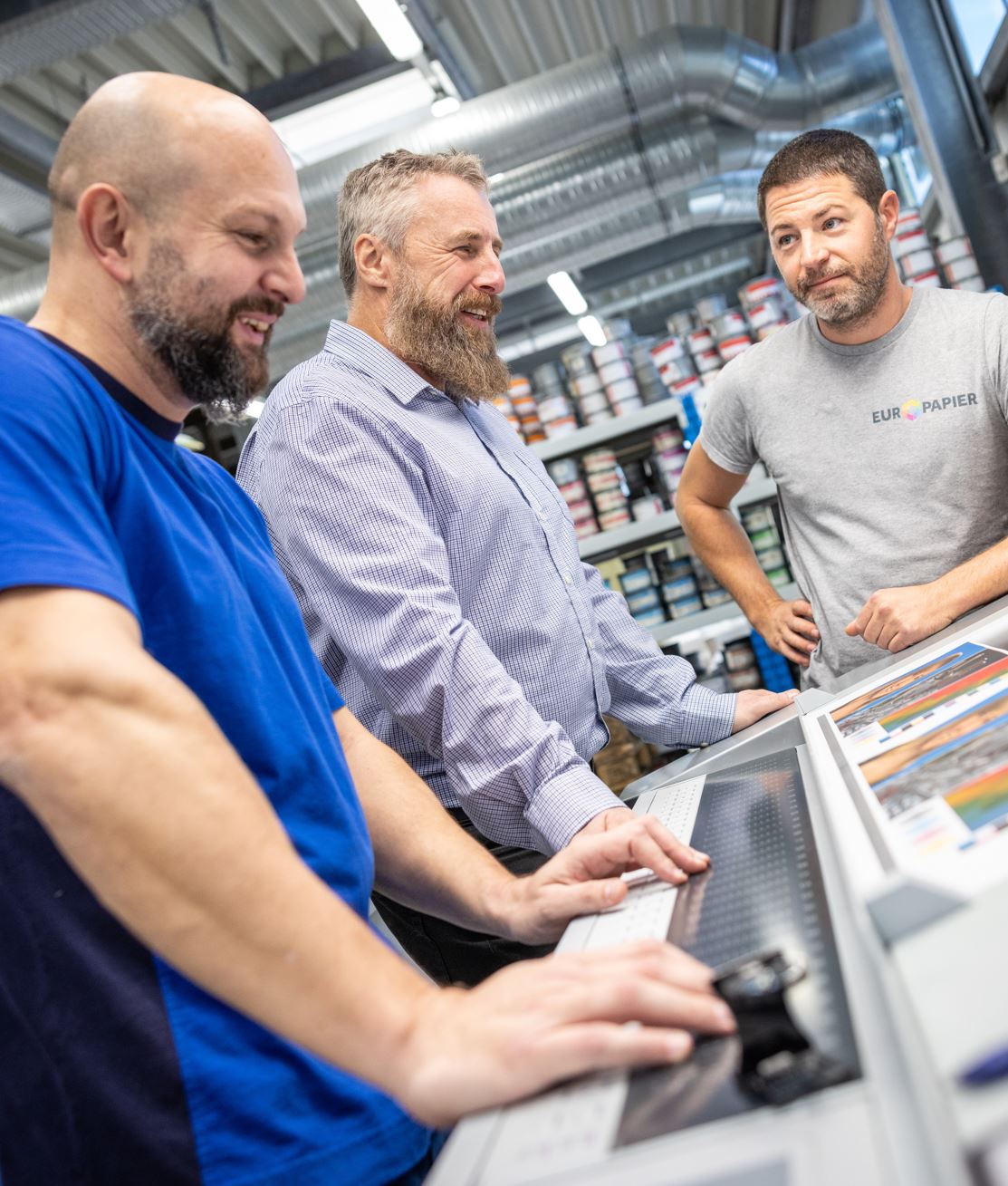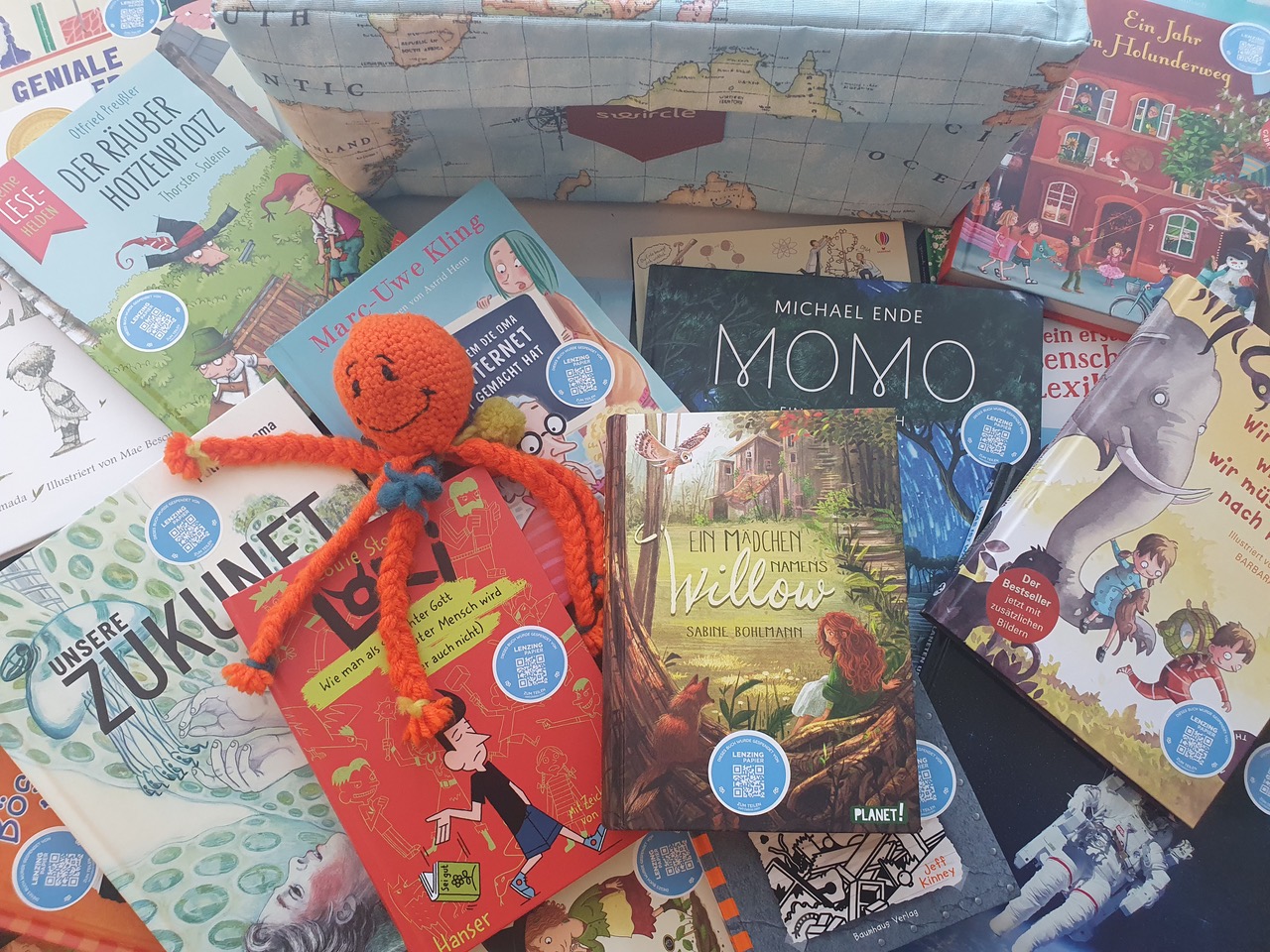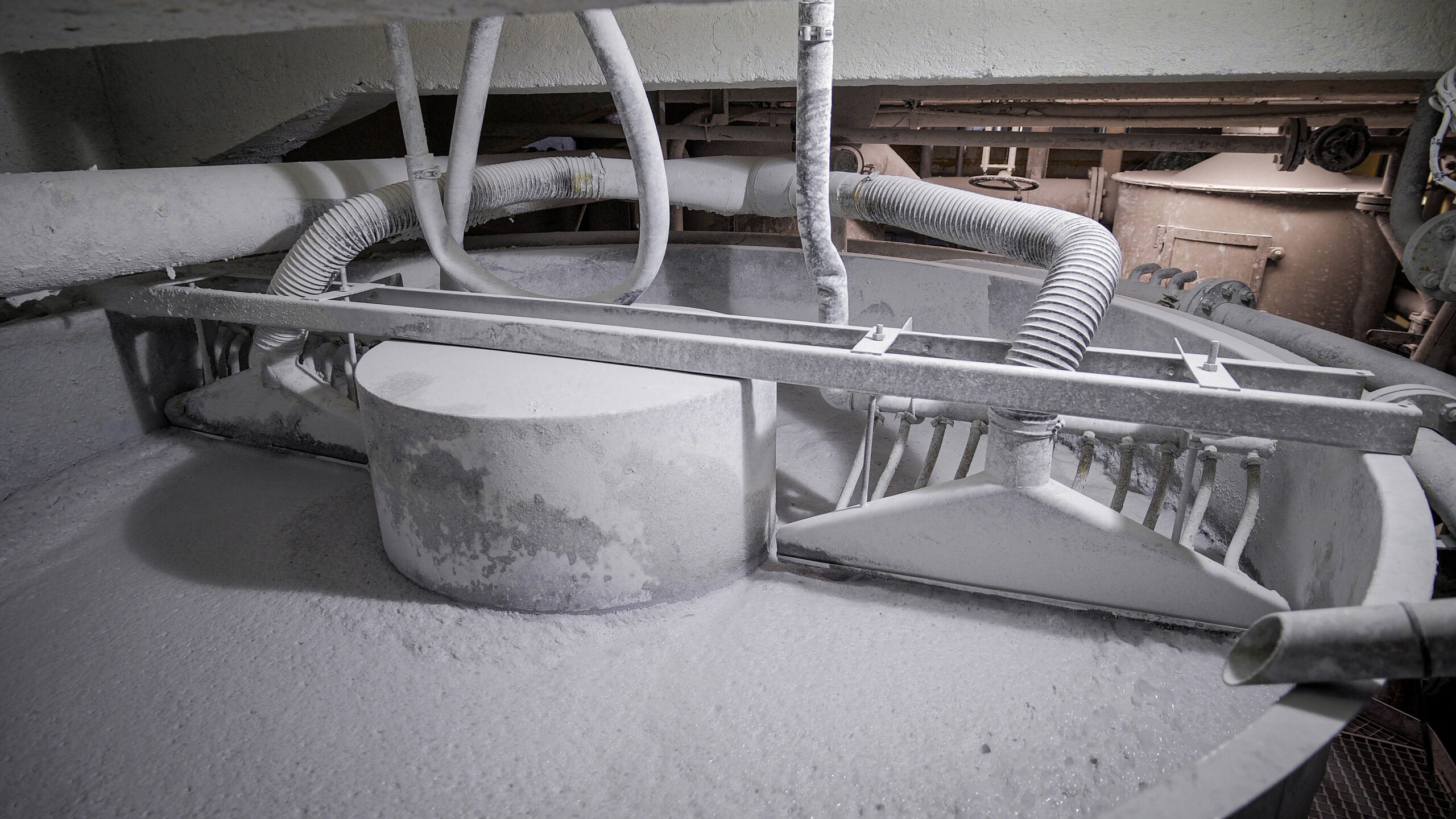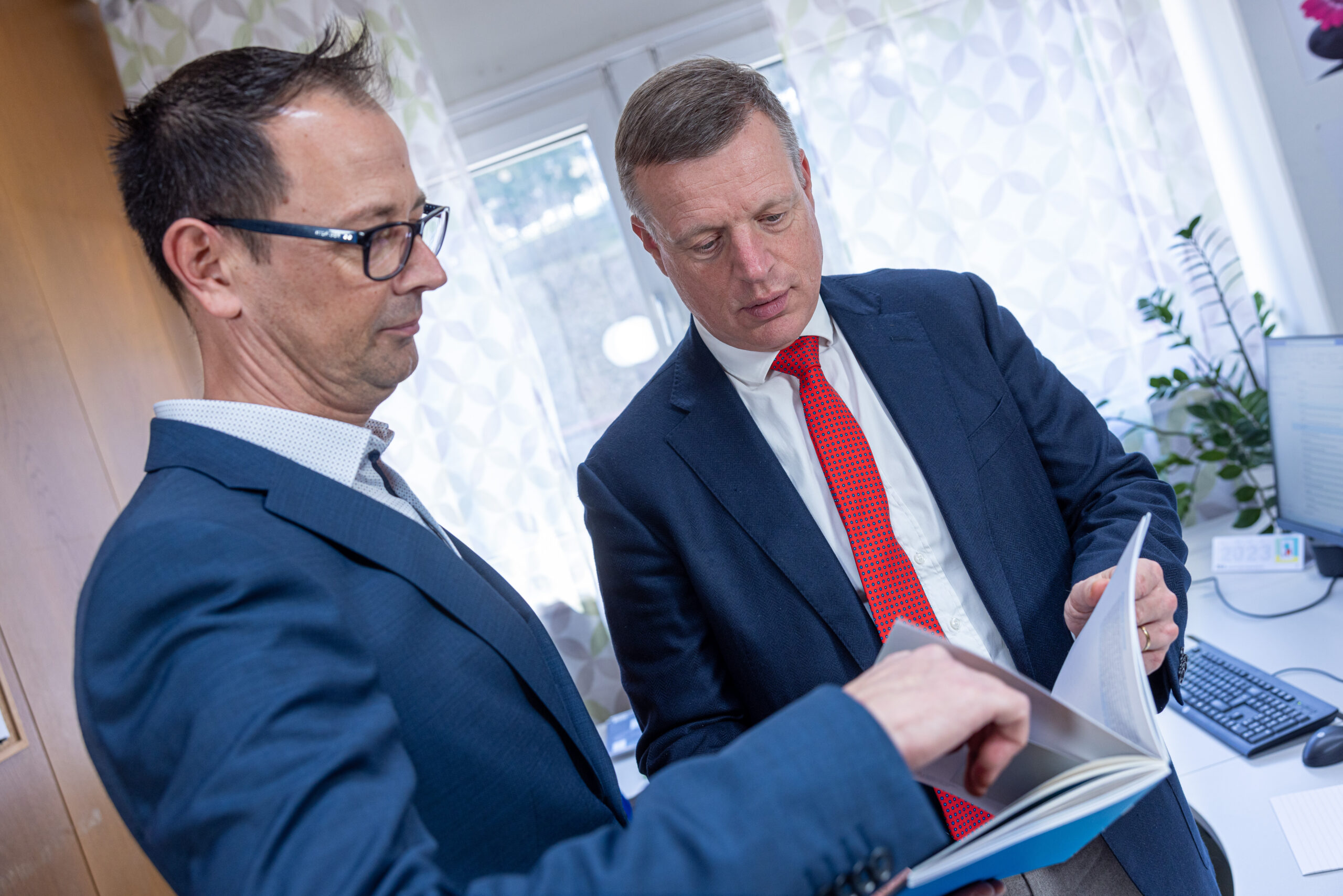Sustainability has become an important topic in the corporate world and many companies are already committed to minimizing their impact on the environment.
Through the exclusive use of sustainable materials in corporate communications, an important contribution is made to the protection of the environment and the conservation of resources.
How environmentally friendly or sustainable a paper actually is, depends on many different factors. Here we have compiled some interesting facts about sustainable papers.
In principle, paper is already a very environmentally friendly product, as it is made from renewable raw materials and has a second, third or fourth life after its use. If the paper ends up in our environment, which can be the case to a small extent, it is very quickly broken down again by enzymes into a nutrient for plants and does not harm the environment.
Why material use always makes sense and how waste paper becomes a valuable raw material, you can read here:
Environmental tolerance & energy efficiency
Environmental tolerance and energy efficiency play a major role in paper production. In addition to the raw materials used, the manufacturing process is crucial for sustainable paper production.
An important process material for paper production is the natural resource, water. We are constantly working on reducing the use of water. Through the treatment and reuse of surplus water in our modern facilities, significant resources can be saved. In addition, constant process monitoring by our highly trained employees and the use of advanced measuring systems ensure efficient and environmentally friendly water purification.
Our paper mill is directly connected to the CO2-neutral energy plants of the pulp mill in Lenzing, which means that by and large renewable energies are used. The small amount of external electrical power that we need comes from climate-neutral energy sources.
Material composition - 100% recycled paper
So we can leave the trees in the forest, or entrust them to furniture manufacturers and the building sector, we use 100% recovered paper for our recycled papers. We recycle the used paper that we buy, while maintaining the quality standards of the original material. This means in simple terms that the fibres of the original paper are used to produce equivalent products. The high-quality used office papers are not mixed with lower-quality grades, but they remain at their high level. An important aspect regarding sustainability in the use of recovered paper: the production of recycled paper requires considerably less water and energy than the production of virgin fibre paper. With us, paper remains paper.
Sustainable, appealing visual effect - recycled paper from Lenzing
Our papers combine sustainability with high quality and a special feel. We therefore proudly claim that our Lenzing paper is not only the best, but also the "whitest" recycled paper available on the market.
The lifespan of our sustainably produced recycled papers also speaks for itself: recycled papers have a shelf life of around 100 years.
Awarded with the "Blauer Engel"
The Blauer Engel is the first environmental label and was launched in 1978. Strict criteria are used to test and evaluate the sustainable production of recycled paper. The use of the label and the quality of the products are reviewed and re-assessed annually. Recycled paper that has been awarded the „Blauer Engel" eco-label guarantees consumers that they are buying a product made from 100 % recovered paper.







